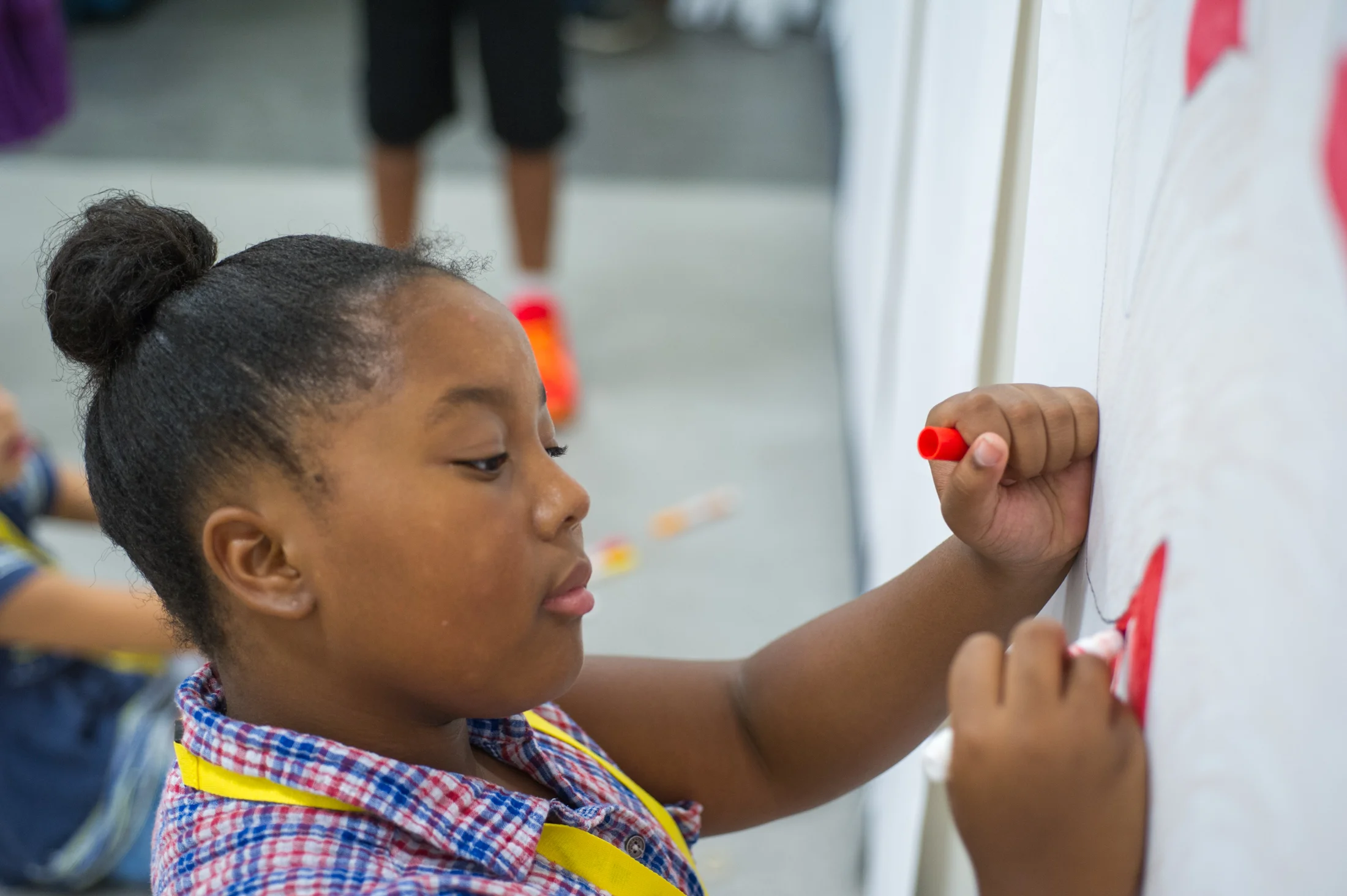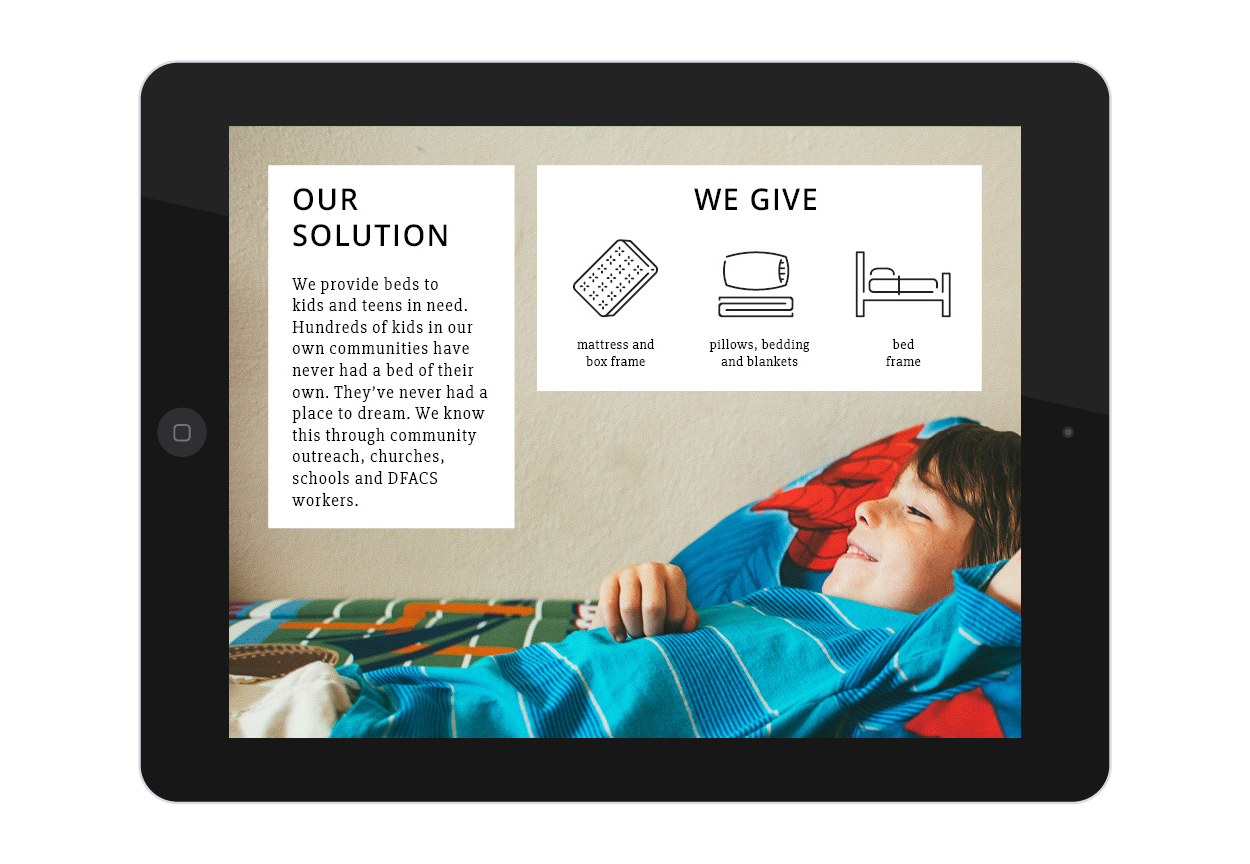I am a big, big reader. Dusty prefers skipping the page turning and hearing what I’m learning over dinner. Haha. Even though I love books, I have cracked open a “best selling” business book and found it extremely discouraging. Probably because the way we do business is changing. The people starting businesses are changing. I’ve found the best business books for me are the ones that have heart and soul as the foundation. I’m not one for loads of statistics and graphs. I care more about the why and how. How much and the likelihood of getting your way in business are not at the top of my list. Here are some of our favorite resources that have helped us grow our business in unexpected ways.
01
Do Purpose - Why brands with a purpose do better and matter more
David Hieatt
(if you struggle with staying inspired)
This book was given to me in a swag bag at a Plywood Retreat. I love opening it up to any page and finding a small piece of encouraging wisdom. It’s a great book if you like to read in small bursts. I could also see it working well if you wanted to go through it as a team. Some great little nuggets in there!
02
In the Company of Women
Grace Bonney
(if you struggle with feeling alone in your struggle)
YES! All the yes! This book has such a diverse group of women business owners. I love learning about how other women are navigating this lifestyle. Being an entrepreneur seems to have both super glamorous and unglamorous moments. I love that Grace Bonney has collected BOTH experiences and shared them in this beautiful book.
03
Present over Perfect
Shauna Niequist
(if you struggle with burnout)
I read this book in a period of despair. Is despair to strong a word? I’m not sure. Dusty and I had to navigate some interesting business situations and take a hard look at our process. I was becoming overworked and not really seeing the light at the end. (Have you been there, too?) This was a great book to help me recenter.
04
Essentialism: The Disciplined Pursuit of Less
Greg McKeown
(if you struggle with saying no)
I read this book around the same time I read present over perfect. I feel like this might be the Present Over Perfect for men? I loved the solid evidence that focus can bring greater rewards even if it’s hard to say no to seemingly great opportunities.
05
How to Style Your Brand
Fiona Humberstone
(if you struggle with staying on brand)
This book helped Dusty and I tighten up our logo and branding design process. It’s full of gorgeous photos and if perfect for a small business owner wanting to learn more about alignment and branding.
What books have you enjoyed lately? Anything I should add to this list?















